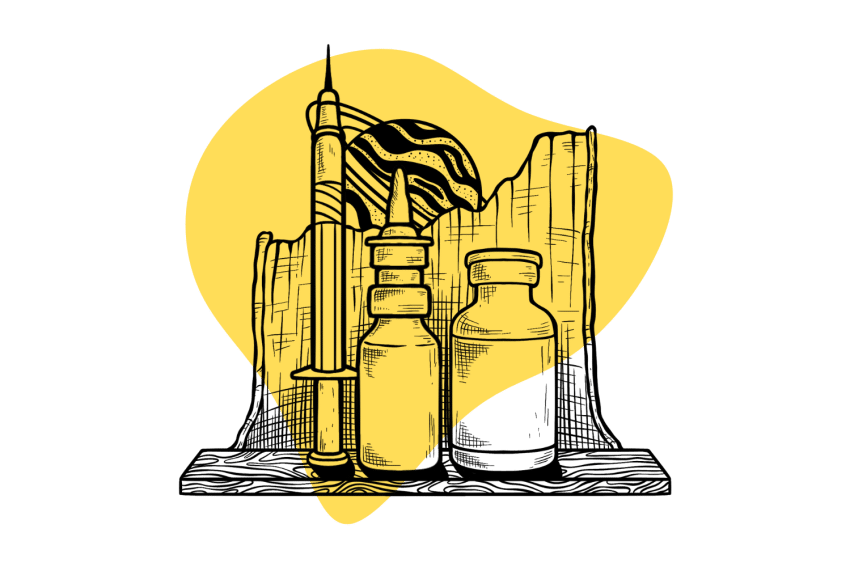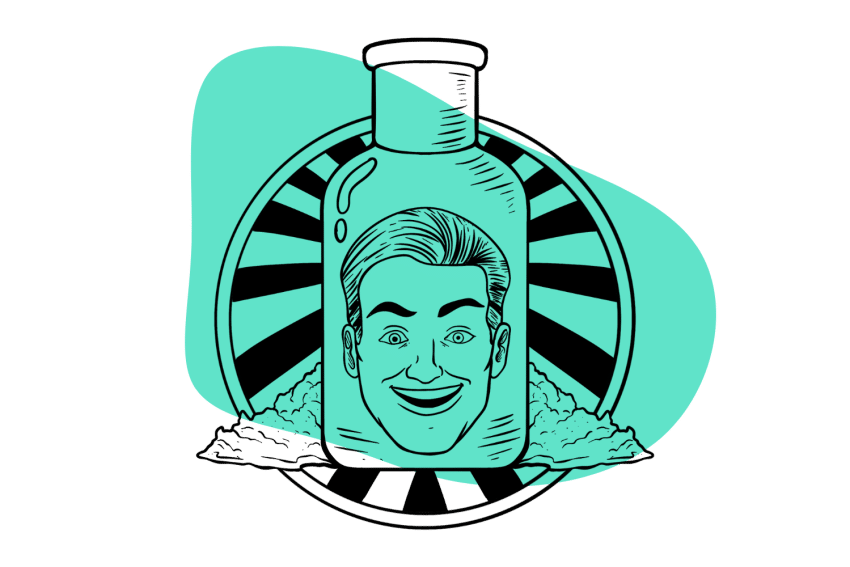Tripping on Oxygen: Holotropic Breathwork

Holotropic breathwork is a practice developed by Stanislav Grof in the early 70s with the influence of ancient eastern traditions and modern western science.
The practice of holotropic breathwork is designed to induce a non-ordinary state of consciousness similar to that of psychedelics. This experience can improve overall mood, self-esteem, and general happiness, support emotional healing and access deeper levels of self-awareness.
Here’s everything you need to know about holotropic breathwork.
What is Holotropic Breathwork
Holotropic breathwork is a therapeutic practice that aims to support healing and self-discovery. It uses rapid breath, evocative music, artistic expression, and the creation of a safe and supportive container to induce a state of mind similar to that of a psychedelic experience.
This practice was developed and trademarked by Stanislav Grof, a notable psychiatrist. He pulled from his work in psychedelic research, transpersonal psychology, and psychotherapy to create a type of breathwork that could induce what he calls a holotropic state.
What Does Holotropic Mean?
The word holotropic comes from the Greek terms “holos,” meaning wholeness, and “trepein,” meaning moving toward or in the direction of. The term holotropic then means “moving toward wholeness.”
Grof used this term to refer to a state of mind that has the potential to move us toward wholeness. Altered states of consciousness such as those achieved through psychedelics, deep spiritual practices, or any other mystical experience fall into this category, and since holotropic breathwork seeks to reach a similar state, it took the term as a part of its name.
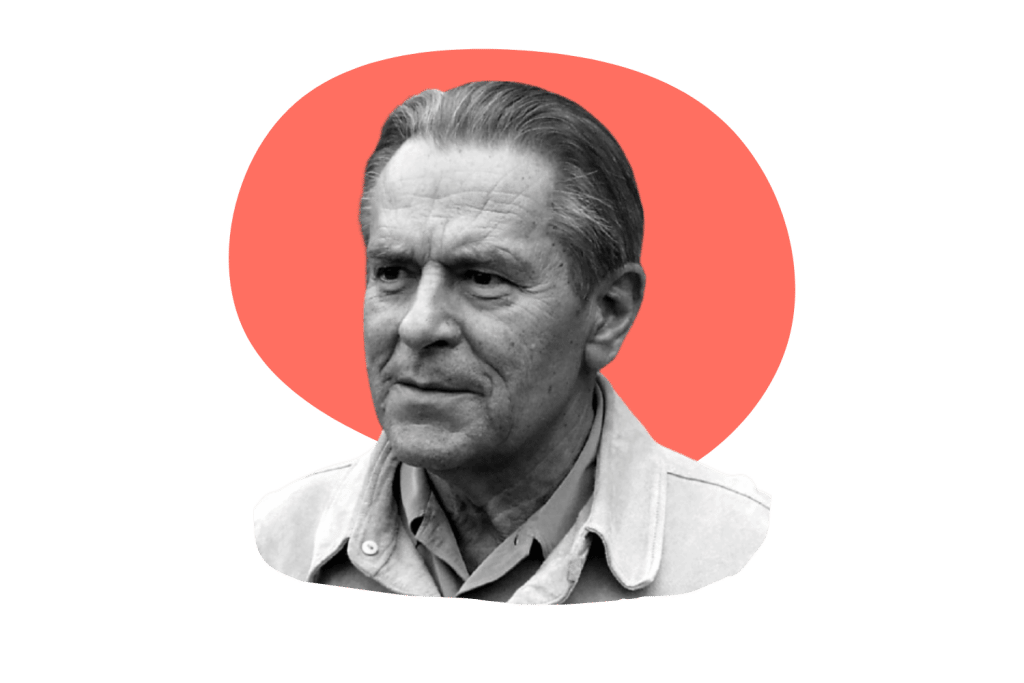
A Brief History of Holotropic Breathwork
Holotropic breathwork is a trademarked practice that was born in 1973 in the Esalen Institute in Big Sur, California, where psychiatrist Stanislav Grof and his late wife Christina Grof developed the technique. However, the use of breath as a therapeutic or healing tool has a far longer history.
Breath plays a large role in a number of ancient philosophies, cosmologies, and cultures. Most psychospiritual traditions and philosophies see the breath as a key tool of unity and connection between body, mind, and spirit.
Ancient India, for example, introduced the practice of pranayama as a part of their yogic tradition. This practice seeks to harness and potentiate prana. The Sanskrit word prana means “life force” or “life energy” and is also used to name air and breath. Traditional Chinese philosophy has a similar term: Chi, which speaks to the energy of life and cosmic essence, as well as to the physical air we breathe. Ancient Greece, on the other hand, used the word pneuma that means both breath or air and spirit.
Intense breath practices that use either strong, rapid breathing (similar to that of holotropic breathwork), or different manipulations of the breath, appear in practices like Kundalini Yoga, Tantric traditions, Sufi practices, and Buddhist and Taoist meditations, just to name a few.
The cultural revolution of the 60s brought the influence of many of these ancient practices to the west. In conjunction with the boom of the psychedelic movement, this influence laid the roots for the development of holotropic breathwork.
By the time LSD was banned in the late 60s, Grof had already had a large amount of experience researching psychedelic states and knew that altered states of consciousness could be a powerful healing tool. After the ban, he sought to develop an alternative to access these states of consciousness.
Grof’s background in psychedelic therapy, transpersonal psychology, and knowledge of ancient psychospiritual philosophies gave him the foundation to develop this technique.
After they first developed the technique, Stan and Christina Grof facilitated workshops and training in holotropic breathwork at Esalen Institute and internationally for 14 years. During this time, the practice gained popularity worldwide.

Together they created the Grof Transpersonal Training (GTT), a school focused on teaching the transpersonal philosophy and holotropic breathwork. For decades GTT spread the teachings of transpersonal psychology and holotropic breathwork worldwide.
In 2020 Grof and his current wife Bridgette Grof created the Grof Legacy Training, an organization dedicated to developing programs worldwide to spread the knowledge and tools of transpersonal psychology and holotropic states through certified practitioners around the world.
What Happens in a Holotropic Breathwork Session?
The practice of holotropic breathwork is quite simple but follows a specific structure and has several moving parts.
Holotropic practitioners follow several steps to create a context that is as conducive to healing as possible, from a theoretical explanation before the session to an integration practice after it is done.
Let’s take a brief look at the structure of a holotropic breathwork session:
A) Pre-Session Preparation
Several days before a session, those interested usually have a theoretical lecture where the practitioner explains the main theories, common experiences, and potential outcomes of holotropic breathwork.
This is a theory-based session to prepare the breather for the experiential session and have a fully informed basis from which they can consent to participate in a session.
In this initial session, the practitioner:
- Teaches the breathing technique: A breath that is both deep and rapid
- Shares some of Grof’s theory on perinatal stages and the cartography of the unconscious to illustrate some of the possible experiences that the breather might encounter
- Warns about the common physical effects that may occur and how to navigate them during the session
- Explains the role of the sitter as an active source of support and container for the breather
- Emphasizes the importance of letting the experience take its course without holding on to a specific outcome or being carried away by the critical mind
B) The Day of the Session
Each session is generally done in a group setting like other ceremonial practices. There are two main roles in the group: The breathers and the sitters.
At the start of the session, the group is divided into pairs, where one participant will be the breather, and one will be the sitter. These roles are then swapped for the second round.
The breather picks a spot in the room where they organize a space that feels safe using blankets, pillows, cushions, etc. Once each couple is settled in their space, they are prompted to make a set of agreements for communication, how they will express their needs, and whether or to what extent the breather is comfortable with a supportive physical touch from the sitter.
C) Starting the Breathing
Once the group is ready to begin, the breather lays down in their space with their eyes closed and often covered by a sleeping mask or blindfold.
The practitioner starts the session by leading the breathers through a body scan relaxation exercise. This is when the music that accompanies the whole session begins to play.
After the brief relaxation exercise, the practitioner leads straight into the breath. The breathwork session itself normally lasts between two and three hours, during which the sitter is accompanying the breather, and the practitioner is going around the room supporting each experience through verbal acknowledgment and offerings or through comforting physical touch that can support somatic awareness.
D) Integration and Processing: Drawing the Mandala
At the end of the experience, the practitioner provides the breathers with drawing supplies and offers the space to draw a mandala evocative of their experience.
The drawing of the mandala (or any other representation that occurs) is a key part of the process of integration and brings into the session the transcultural use of sacred geometry and artistic expression as a means of integrating unconscious material.
After the drawing of the mandala and some time for rest and reflection, the couples change roles, and the original sitter now gets to experience being the breather.

E) Responses and Experiences
Much like psychedelic journeys, the subjective experiences of a holotropic breathwork session can vary greatly from person to person as well as between sessions for the same person.
However, there are some common themes that have been observed and reported by those practicing holotropic breathwork.
Common responses reported with holotropic breathing include:
- Very strong physical and somatic responses
- Feelings of euphoria or intense emotion
- Emotional release
- Intense relaxation both on a physical and emotional level
- A sense of connection with one’s own self as well as existence in general
- Psychosomatic symptoms like involuntary movement, tension, or spasms
- A sense of connection to one’s own process of birth and/or death
- Visual and auditory hallucinations or distortion of reality
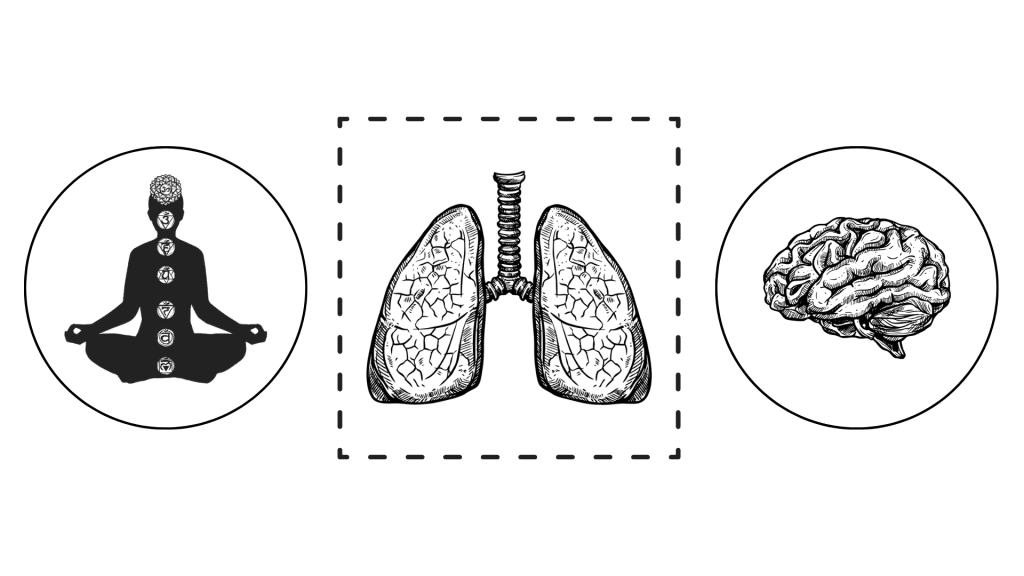
The Science of Holotropic Breathwork
The science and theory behind holotropic breathwork can only be explained from an integrated view of different aspects, from the purely physiological to the most metaphysical. An approach to holotropic breathwork that comes solely from a concrete scientific realm would be disregarding the basis of transpersonal experiences.
So let’s take a look at some of the aspects that help explain holotropic breathwork.
1. Physiological Mechanisms
Physiologically by inducing a state of hyperventilation, the breather is not only taking in more oxygen, but their levels of carbon dioxide drop significantly.
Grof argues that this drop in CO2 raises the pH of the blood, making it less acidic. This creates a series of processes to bring the body back to homeostasis, including the production of more alkaline urine. The brain, on the other hand, responds to the hyperventilation state by the narrowing of the blood vessels (vasoconstriction).
The cerebral cortex is particularly sensitive to influences such as the change of oxygen levels in the brain; therefore, its functions can be inhibited, while the functions of older parts of the brain like the primal or reptilian brain are intensified. This can lead to easier access to unconscious material [1].
These effects, however, depend largely on many factors and are not entirely understood from a purely biological or physiological perspective. Grof and transpersonal psychologists believe that looking purely at the brain and the biological condition within it is not enough to understand consciousness. This is why this line of practice also has a strong metaphysical base.
2. The Mystical Experience
Similar to psychedelic experiences with substances like LSD, DMT, psilocybin, or mescaline, holotropic breathwork has the potential to help to access non-ordinary states of consciousness, leading to the potential mystical experiences, divergent thinking, and access to emotional memories repressed from the conscious mind.
Some of the feelings common to a mystical experience include feelings of euphoria or bliss, a sense of unity or connectedness, and feelings of revelation or sudden clarity. These are no different from those that can potentially be experienced in a holotropic breathwork session.
This peak experience, like that of a psychedelic journey, seems to be followed by an afterglow characterized by improvement in mood, interpersonal relationships, and general life outlook and satisfaction.
3. Exploring the Unconscious
Another significant aspect of holotropic breathwork’s inner workings is its ability to help the breather tap into deeper levels of unconscious thought. Grof, like many other notable explorers of the psyche like Sigmund Freud and Carl Jung, believes that the key to higher self-awareness is knowing the unconscious mind.
Grof established a new model of the unconscious known as the cartography of the unconscious, where he divided the unconscious into four dimensions, all of which can be accessed through holotropic states.
The four dimensions of the unconscious (according to Grof) include:
- The sensory level — the most superficial and tends to play the role of a barrier to access deeper levels of consciousness.
- The biographical level — includes all lived experiences that may have imprinted material in the unconscious that could affect future behavior.
- The perinatal level — refers to the events before and during birth that can have lasting unconscious effects.
- The transpersonal level — involves experiences common to altered states, including the transcendence of time and space and feelings of unity and connection with the world and others.

The full practice of holotropic breath, as observed by Grof and many of his peers and students, seems to replicate these stages of consciousness.
Many report experiencing visual or auditory hallucinations, vivid recollections of their own birth, psychosomatic re-experiencing of childhood memories that may not have been accessed before, experiences with mythological characters or Jungian archetypes, and feelings of unity, connection. All of these experiences fall into the different dimensions of the unconscious mind.
Accessing these deeper levels of unconscious material can lead to higher self-awareness and support the reprocessing of past traumatic experiences.
Benefits of Holotropic Breathwork
The power of holotropic breathwork as a therapeutic adjunct has been observed for years, and though scientific studies in the area are rather new, multiple observations and reports have shown promising results.
Some of the potential psychological benefits of holotropic breathwork practices include:
- Combating treatment-resistant depression
- Processing and integrating trauma
- Reducing symptoms of general anxiety disorders
- Overcoming phobias
- Combating death anxiety [2]
- Improving self-esteem, life satisfaction, and happiness [3]
- Heightened self-awareness
Participants have also reported relief or even complete remission of chronic physical symptoms, including:
- Migraine headaches
- Psychogenic asthma
- Chronic infections like sinusitis, bronchitis, and cystitis
- Arthritis
- Poor peripheral circulation
- Osteoporosis [4]
Even though many of these effects have little to no physiological explanation, to Grof and all the proponents of his work, it is clear that many physical symptoms are linked to unresolved emotional difficulties or bioenergetic blockages.
Breath practices like this can release residual bioenergetic tension and bring the body back to an energetic balanced, and smooth functioning.
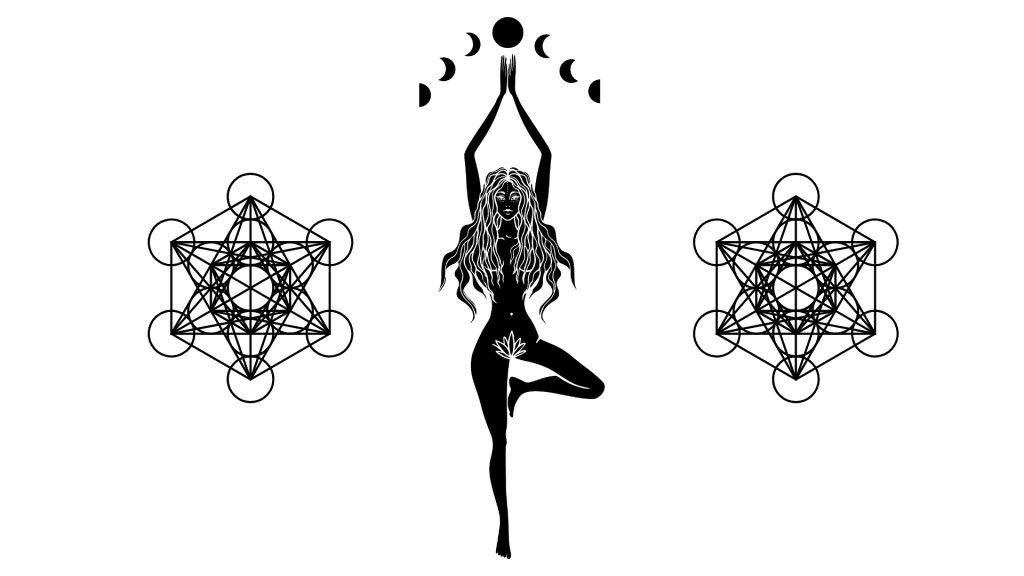
Is Holotropic Breathwork Safe?
Although holotropic breathwork is mostly safe if done properly, a few specific risk factors should be taken into account.
Holotropic breathwork, much like intense psychedelic experiences, has the potential to bring up intense emotions from ecstasy and immense joy to unexplainable fear and overwhelming anxiety. These experiences can overwhelm the nervous system, so it’s important to assess the mental and physical resilience of those who wish to participate.
Serious and delicate mental health conditions in crisis mode can create a less than optimal context for someone to practice holotropic breathwork. A certain amount of emotional stability (in addition to a supportive and nourishing environment) is important to get the best out of the experience and minimize the risk of further emotional damage or re-traumatization.
The rapid breathing in holotropic breath generates a self-induced state of hyperventilation. This can pose a risk to those with preexisting conditions, especially cardiovascular and respiratory health issues. Because of this, practitioners normally require the disclosure of medical history from the patient and medical clearance if necessary.
People with the following conditions should check with a healthcare provider before practicing holotropic breath:
- Cardiovascular disease
- History of heart attack
- High blood pressure
- Angina
- Asthma
- Glaucoma
- Retinal detachment
- Family history of aneurysms
- Epilepsy or other seizure disorders
- Severe mental illness
- Recent injury, trauma, or surgery
- Prescription medication
Who Can Lead Holotropic Breathwork?
Because of the nature of holotropic breathwork as a gateway into different states of consciousness, the practice must be led with care by someone who is equipped to support the experience.
Much like a psychedelic therapy session, holotropic breathwork has the potential to expose and bring to the surface deep and intense emotion that can be overwhelming, so a safe container with a knowledgeable, qualified, and an available sitter is key.
Holotropic Breathwork as a trademarked practice can only technically be led by practitioners who have been certified to do so through an institution. The base certification program through the Grof Transpersonal Training and Grof Legacy Training normally consists of 600 hours of theory and practice.
Where To Learn Holotropic Breathwork
There are several institutions qualified to train holotropic breathwork practitioners. Thanks to the Grof Legacy Training, more and more accredited organizations worldwide are offering training programs and certifications of their own.
Here are a few places offering certifications in holotropic breathwork:
North America
South America
- Latin America Holotropic Breathwork: Colombia, Argentina, Chile, Ecuador, Peru, Uruguay
- Al Jardim: Brazil
Europe
- Dr. Sylvester Walch: Austria, Germany, Italy, Switzerland
- CesHum Transpersonal School: France, Luxembourg, Switzerland, Belgium
- Трансперсональный проект: Russia
Asia
- International Institute for Consciousness Exploration: China, South Korea
Further Reading In Holotropic Breathwork
- Grof, S. (1972). Varieties of transpersonal experiences: Observations from LSD psychotherapy. The Journal of Transpersonal Psychology
- Grof, S. (2010). Holotropic breathwork: New perspectives in psychotherapy and self-exploration.
- The Holotropic Mind: The Three levels Of Human Consciousness And How They Shape Our Lives (1992)
- Grof S. and Grof C. (2010). Holotropic breathwork: A new approach to self-exploration and therapy. Albany, NY: State University of New York Press.
- Grof, S. (2012). Healing our deepest wounds: The holotropic paradigm shift. Stream of Experience Productions.
- Grof, S., & Bennett, H. Z. (1992). The holotropic mind: The three levels of human consciousness and how they shape our lives. San Francisco, CA: HarperSanFrancisco.


